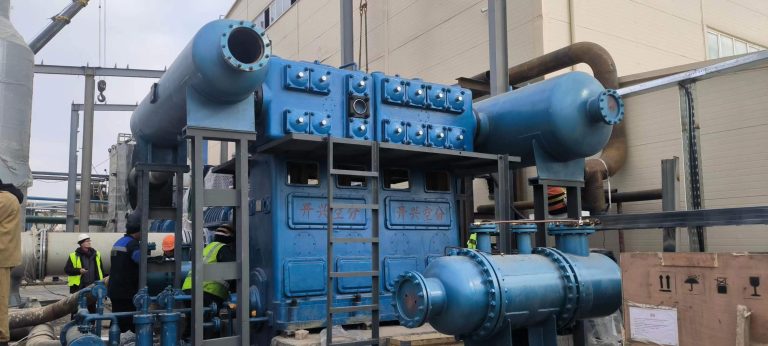
Revised sentence: “Cooling capacity heat is a fundamental concept in cryogenic air separation theory, which although sorted out, remains challenging to comprehend. Therefore, I will elaborate on the concepts of cooling capacity and heat carrier, as they are crucial for understanding the nature of the cryogenic air separation process. Any system that deviates from ambient temperature possesses cold or heat capacity and can be used as a carrier of cold or heat energy. However, their low density or presentation in sensible heat manner limits their practical application value. In thermodynamic range (excluding chemical and nuclear energy), there exists a high-density system of both hot and cold energy carriers – gases with boiling points above ambient temperature release significant amounts of heat upon condensation while liquids with boiling points below ambient temperature release large amounts of cold when evaporated (or absorb substantial amounts of heat). Liquid nitrogen is an economically feasible option for transporting cold energy due to its lack of alternatives. Despite sounding like tongue twisters, these concepts have critical applications! For instance, after tactical missiles enter standby equipment positions, onboard diesel engines must generate electricity but discharge high-temperature exhaust gas – a significant infrared feat.”






